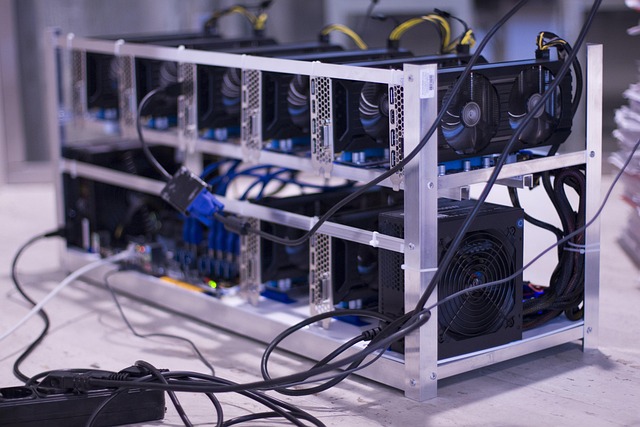Unleashing the Power of Clarity: How Image Processing Hardware is Transforming Resolution
In an era where visual content dominates communication, the demand for sharper, clearer, and more vibrant images has never been greater. Whether it’s for professional photography, medical imaging, virtual reality, or everyday smartphone use, the backbone enabling this visual revolution is none other than image processing hardware. These cutting-edge components are at the heart of the relentless pursuit of higher resolution, breathing new life into how we perceive and interact with images.
Traditionally, resolution improvements relied heavily on software algorithms alone, which, while powerful, had their limitations. The latest strides, however, lie in the ingenious design and optimization of hardware that handles the immense data and complex calculations more efficiently and in real-time. This shift means faster rendering, less latency, and the ability to process ultra-high-definition visuals without bottlenecks.
The Fusion of Speed and Precision
Modern image processing hardware incorporates specialized processors like GPUs (Graphics Processing Units) and dedicated AI accelerators. These components are tailored to handle parallel processing tasks, enabling the correction of imperfections, enhancement of details, and intelligent scaling of images to unprecedented resolutions. They don’t just increase pixel counts; they smartly fill in the gaps, ensuring every detail is meaningful and visually accurate.
Why Does This Matter for Resolution?
At the core, resolution is about experience — how much detail an image can convey and how immersive it feels. Enhanced image processing hardware means devices can now support higher pixel densities and dynamic ranges without sacrificing speed or power efficiency. For users, this translates to crisper photos, smoother videos, and more realistic visuals that bring digital worlds closer to reality.
Beyond the Screen: Real-World Applications
In medical fields, for example, improved image processing hardware enables high-resolution scans that help professionals detect minute anomalies early on. In autonomous vehicles, it processes high-definition camera inputs swiftly to make split-second decisions. Even in gaming and entertainment, the rise of 8K and beyond owes much to hardware innovations that sustain such rich detail.
The Road Ahead
The journey of resolution enhancement is far from over. With advancements in semiconductor technology and AI-driven image processing frameworks embedded directly into hardware, the future holds promise for devices that don’t just display images, but understand and optimize them on the fly for unparalleled clarity. This ongoing revolution in image processing hardware is not just about pixels—it’s about reshaping visual storytelling in ways that resonate deeply with our senses and experiences.




